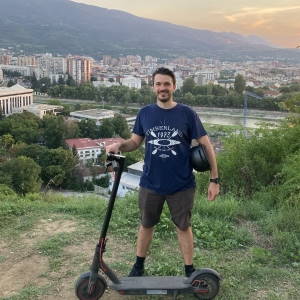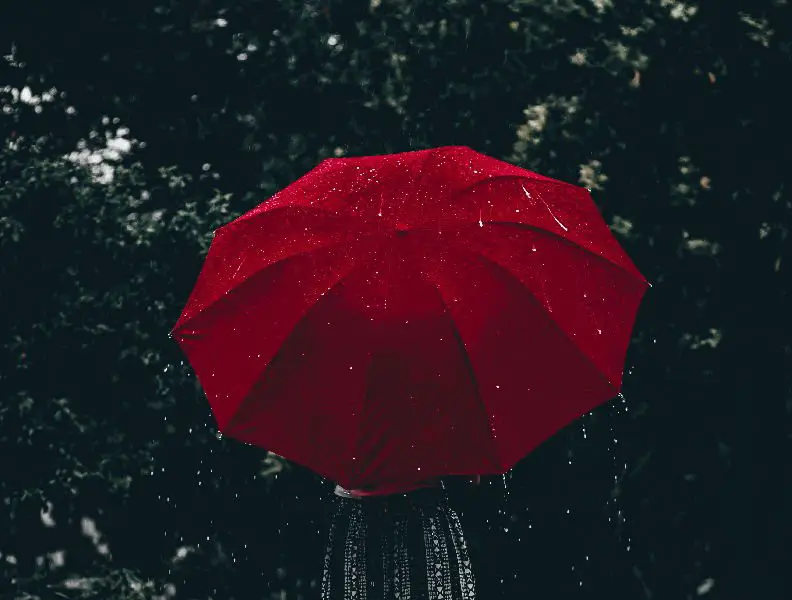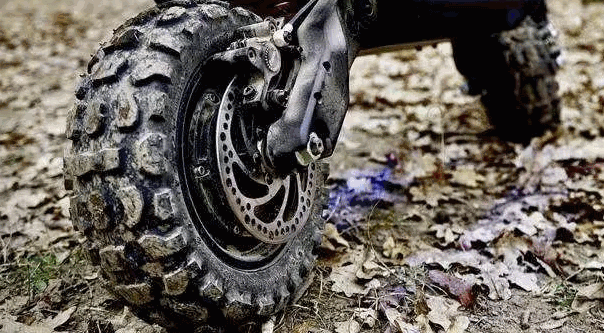Since we launched the used electric scooter marketplace, we’ve seen our first successful transactions between previous and new scooterists. These are some of the common insights and advice from people who bought or sold a used scooter.
-
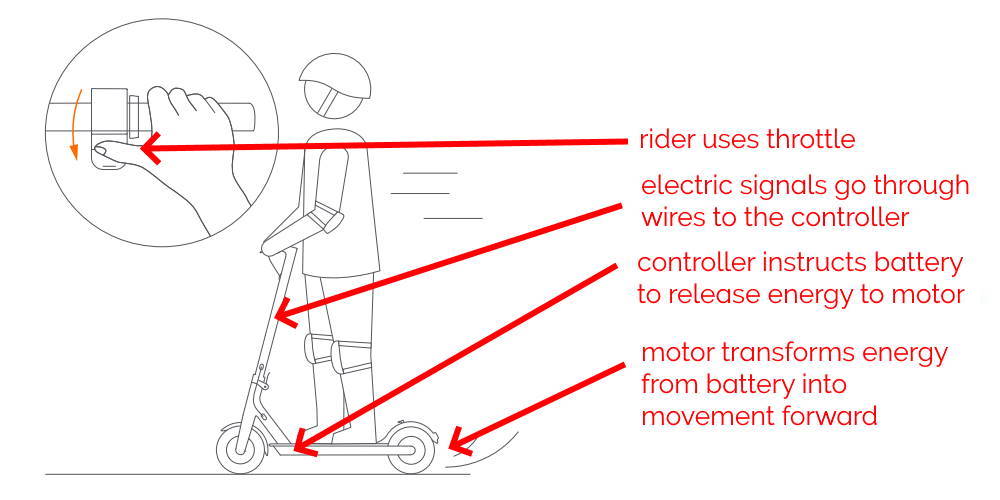 Learn the basics of electric scootersImportance: majorExplore comprehensive guides covering scooter functionality, motors, batteries, and brakes.
Learn the basics of electric scootersImportance: majorExplore comprehensive guides covering scooter functionality, motors, batteries, and brakes. -
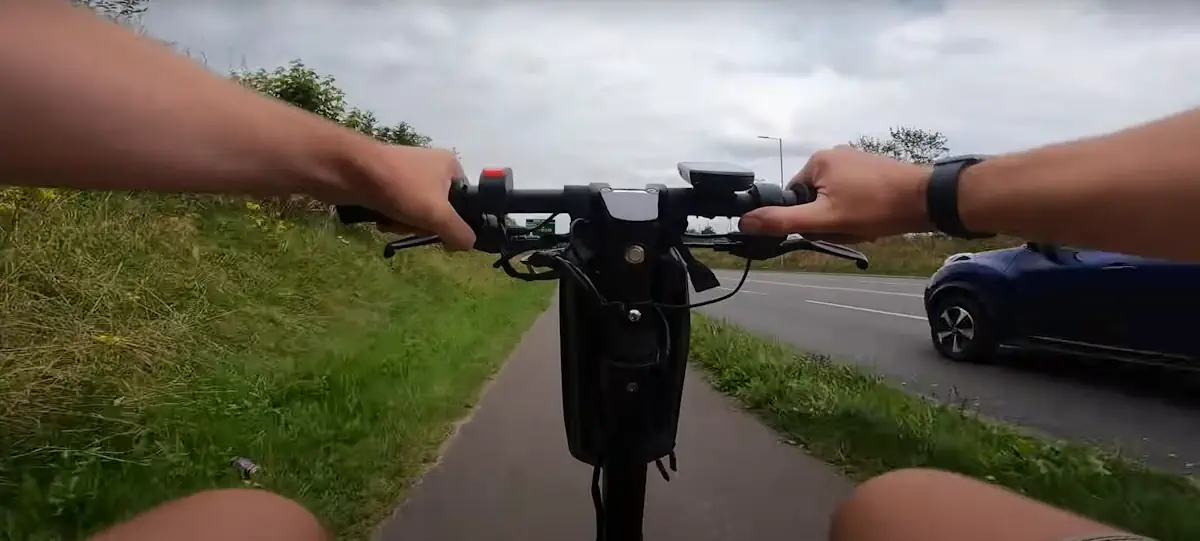 Know your requirementsImportance: majorPrioritize factors like weight, height, and feet size for compatibility, check street legality, assess range, portability, speed, climbing ability, road conditions, water resistance, seat option, brand reputation, and rely on independent ratings and reviews to meet your specific needs.
Know your requirementsImportance: majorPrioritize factors like weight, height, and feet size for compatibility, check street legality, assess range, portability, speed, climbing ability, road conditions, water resistance, seat option, brand reputation, and rely on independent ratings and reviews to meet your specific needs. -
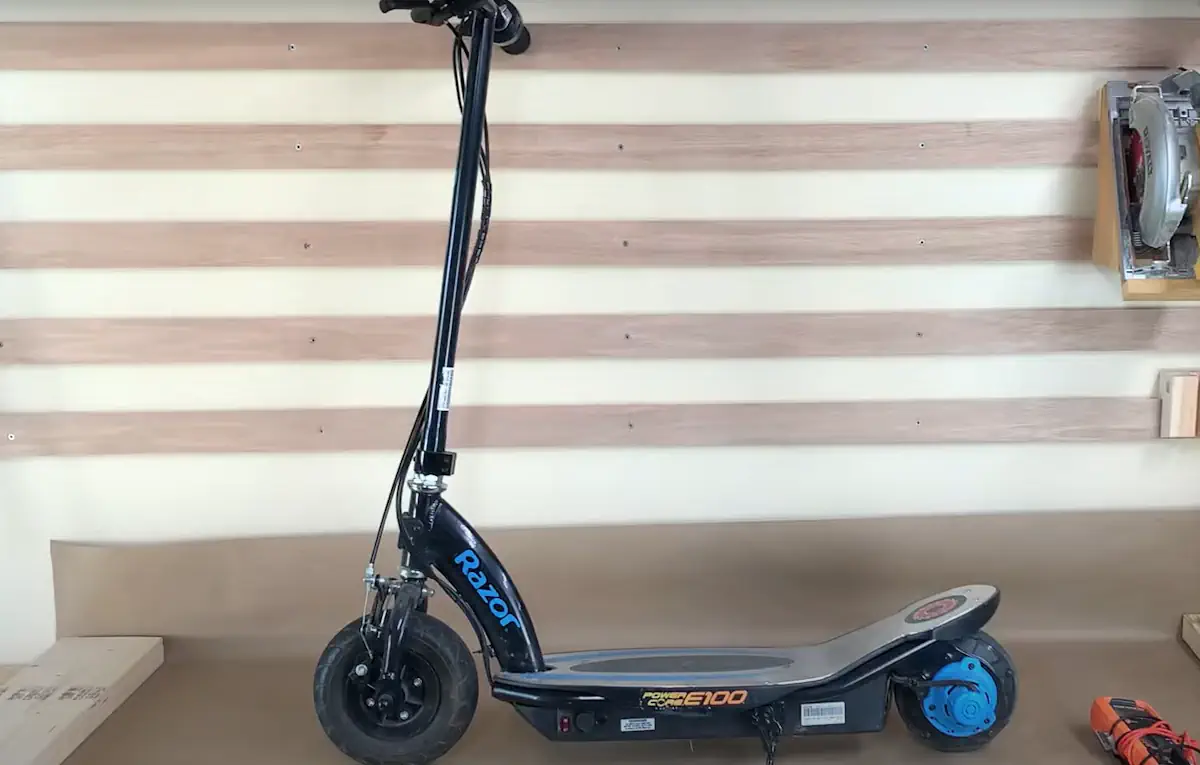 Consider buying a refurbished electric scooterImportance: minorChoosing a refurbished electric scooter from a reputable brand can offer better value than purchasing a used scooter, as refurbished units undergo thorough testing and repairs before being sold at a discounted price.
Consider buying a refurbished electric scooterImportance: minorChoosing a refurbished electric scooter from a reputable brand can offer better value than purchasing a used scooter, as refurbished units undergo thorough testing and repairs before being sold at a discounted price. -
 Ask all the questionsImportance: importantDo not to hesitate in negotiating and asking necessary questions when purchasing a scooter, asserting your role and ensuring you receive the information you need.
Ask all the questionsImportance: importantDo not to hesitate in negotiating and asking necessary questions when purchasing a scooter, asserting your role and ensuring you receive the information you need. -
 Ask for picturesImportance: importantReview pictures provided by the seller, focusing on various angles, specific components, and potential signs of damage.
Ask for picturesImportance: importantReview pictures provided by the seller, focusing on various angles, specific components, and potential signs of damage. -
 Ask for a test-driveImportance: majorInsist on a test drive lasting at least an hour, or ideally a full day, to thoroughly evaluate its performance, and request the scooter to have a fully charged battery for a range test.
Ask for a test-driveImportance: majorInsist on a test drive lasting at least an hour, or ideally a full day, to thoroughly evaluate its performance, and request the scooter to have a fully charged battery for a range test. -
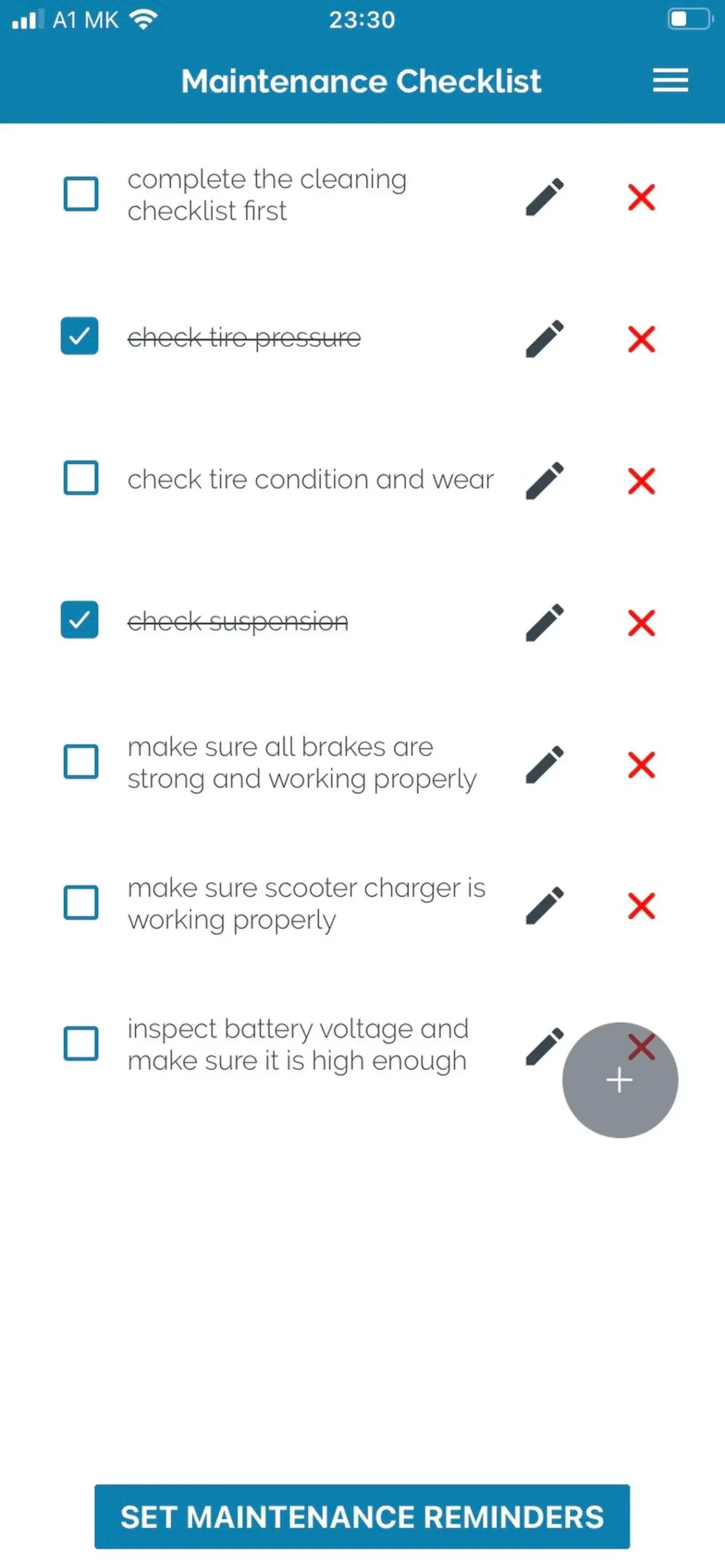 Perform a visual inspection and a diagnostic checkImportance: majorCheck for visible damage, assess stability of screws and bolts, test the folding mechanism, inspect tire condition, ensure proper functioning of brakes, suspension, dashboard, lights, bell/horn, and app (if available).
Perform a visual inspection and a diagnostic checkImportance: majorCheck for visible damage, assess stability of screws and bolts, test the folding mechanism, inspect tire condition, ensure proper functioning of brakes, suspension, dashboard, lights, bell/horn, and app (if available). -
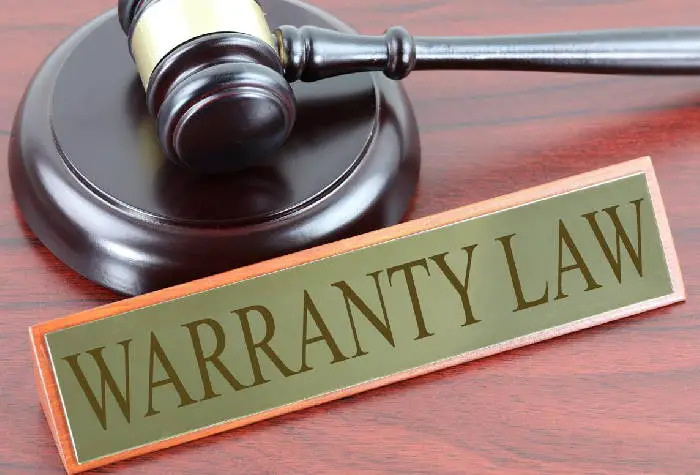 Keep proof of the transactionImportance: majorKeep electronic conversations with the seller as proof in case of issues, as consumer protection laws typically apply to used product purchases.
Keep proof of the transactionImportance: majorKeep electronic conversations with the seller as proof in case of issues, as consumer protection laws typically apply to used product purchases. -
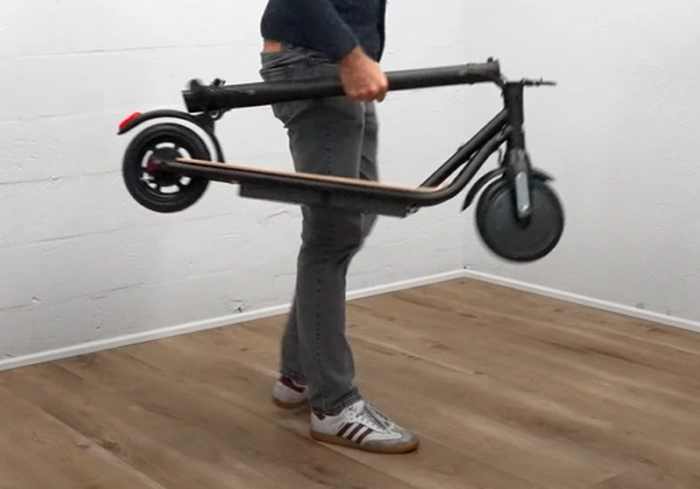 Negotiate a return periodImportance: majorConsider proposing a three to seven-day return period without damage as a fair arrangement.
Negotiate a return periodImportance: majorConsider proposing a three to seven-day return period without damage as a fair arrangement. -
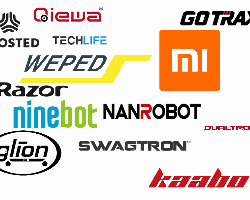 Buy from a reputable reseller or person you know (if you can)Importance: importantChoose someone you know or consider a refurbished scooter from a trusted source to minimize the risk of deception and still enjoy a discount.
Buy from a reputable reseller or person you know (if you can)Importance: importantChoose someone you know or consider a refurbished scooter from a trusted source to minimize the risk of deception and still enjoy a discount.
How to buy a used electric scooter
When contemplating a used electric scooter purchase, these key points are essential to remember. It’s a comprehensive list, but investing 10 minutes to review it is far wiser than spending $670 on a scooter that turns out to be unreliable after a week.
Learn the basics of electric scooters

If you’re new to buying electric scooters or lack knowledge about them, it’s crucial to grasp the essential fundamentals and specifications.
Start by quickly reviewing the guide on how electric scooters work. For a deeper understanding, explore the complete buying guide, motors guide, battery guide, and brakes guide.
Know your requirements
You need to be aware of several things about you personally and your situation, that may limit the number of suitable scooter choice for you. Most importantly, consider the following:
- Your weight – steer clear of scooters with an official weight limit lower than yours and aim for as much extra capacity as feasible. If you require a higher weight limit, explore scooters designed for heavier adults.
- Your height and reach – scooters are typically tailored to the average user. If you’re taller, focus on scooters intended for taller adults. Additionally, ensure that the scooter’s handlebar height aligns with your reach (official handlebar heights for all scooters are available for reference).
- Your feet size – somewhat related to the above, although not as important, as usually everyone’s feet often stick out of the deck a bit when riding. But still, if you have larger feet, go for the scooters with the bigger decks.
- Consider the scooter’s street legality in your area – while many places have minimal regulations, some impose restrictions on speed, motor power, and battery capacity. Consult our electric scooter legality guide and local authorities to confirm whether your chosen scooter is street-legal in your city or country.
Beyond that, it’s crucial to consider several other factors related to your scooter’s usage and your expectations. While you might need to make compromises, aim to fulfill as many of the following points as possible:
- Required scooter range – for daily commuting, choose a scooter with at least double the needed range (details on conducting a range test below). Commuting scooters typically advertise a range of 15 to 28 mi / 25 to 40 km, which is either achievable or slightly less, around 20% in some cases.
- The scooter’s portability – for most adults, scooters weighing around 30 lbs / 14 kg are easily manageable for short distances. Additionally, the folded size of most scooters is compact, with the exception of larger racing or off-road models. If you desire something exceptionally easy to carry, start with the most portable scooters.
- Desired scooter speed – most commuter electric scooters reach top speeds between 15.5 mph and 22 mph / 25 kmh and 35 kmh. For beginners, speeds in this range are generally suitable, and you likely won’t require a scooter exceeding 22 mph / 35 kmh (with a potential risk of it being non-street-legal).
- The scooter’s climbing capability – especially if you reside in a hilly area. Hills can challenge many scooters, particularly those with lower power. Research scooters known for their excellent climbing abilities to make an informed choice.
- Road conditions in your area – I suggest speaking to local scooterists or cyclists to inquire about the frequency of flat tires. If they report frequent flat tires, it’s advisable to opt for a scooter with solid tires or, at the very least, one with excellent suspension to ensure a comfortable and safer ride.
- The level of water resistance you need for your scooter – particularly if you reside in a rainy area. While there’s no entirely waterproof scooter, some scooters offer better water resistance than others. It’s essential to check the scooter’s IP rating to gauge its water resistance.
- Do you need a seat – while some models allow for a seat to be bought after-market and installed easily, this is still a feature you want to know about beforehand. Find out what the best scooters with seats are, and go from there.
- The scooter’s brand – a crucial factor in your decision. I strongly advise choosing established scooter brands over lesser-known Chinese models. You can also review my research on common electric scooter problems to identify popular models associated with specific issues. Additionally, inquire with the previous owner about any problems the scooter may have experienced.
- Check ratings and reviews in independent online stores – it’s beneficial to research the model online and assess its reviews and ratings. Pay special attention to independent online retailers known for unbiased ratings. You can also explore EScooterNerds scooter reviews, where you may find a dedicated review of your chosen scooter model.
- The specific purpose your scooter needs to fulfill – determine if it should serve as a reliable delivery scooter, an ideal option for students, or a suitable choice for a summer or winter ride, depending on your local climate.
Consider buying a refurbished electric scooter
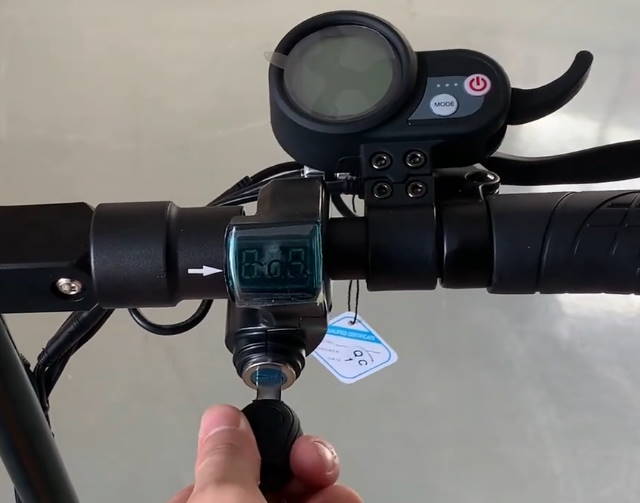
Purchasing a refurbished scooter from a reputable brand often offers better value than buying a used electric scooter.
Refurbished products are items that were returned to the seller for various reasons or are no longer in production, but they have been repaired and thoroughly tested by the seller before being sold at a discounted price.
If the seller is a reputable brand, consider buying a refurbished scooter from them. Reputable brands typically offer the same return and warranty policies for refurbished scooters, which may not be the case for pre-owned scooters.
Trusted vendors like Voromotors often provide refurbished units at significant discounts. For a more premium choice, I recommend considering a refurbished EMove Cruiser, known as one of the best options for a used scooter worldwide, or a refurbished EMove Touring as a cheaper alternative.
When shopping on Amazon, explore their used and refurbished options. You’ll likely find multiple options for popular scooters, categorized by their level of usage:
- Xiaomi M365
- Glion Dolly
- Ninebot Max
- Hiboy Max
- Hiboy S2 Pro
- Hiboy S2
- GoTrax GXL V2 Commuter
- GoTrax XR Ultra
- Razor E300
Ask all the questions
Negotiating can make people uncomfortable, causing them to forget that they’re the ones spending money and making them hesitant to ask necessary questions. Remember, you’re the customer; don’t be shy about asking all the questions you need to know about the scooter you’re buying.
I recommend asking for all of the following if it’s not already provided:
- Why is the scooter being sold?
- When was it bought?
- At what price was it bought?
- Where was it bought from?
- Is it still under warranty?
- How many miles has it covered?
- Is it damaged? Where?
- Has it suffered any major damage, a crash, a serious fall, or a serious impact?
- Has it been repaired?
- Does it need repairs?
- How old is the battery and has it been replaced (if yes, how many times)?
- How long does it take to charge now?
- How much range did the scooter provide when first bought?
- How much range does the scooter provide now?
- What is its current top speed?
- How old are the tires and have they been replaced (if yes, how many times)?
- Are the tires worn out?
- Are the brakes operational, and do they need new pads?
- Has it been opened, unassembled, modified, or tinkered with?
- Has it been hacked, or has it had custom firmware installed?
Feel free to add as many other questions to this list as you like.
If the seller isn’t providing clear answers and seems dismissive of your concerns, it’s a red flag. Consider looking for another seller as this behavior is not a good sign.
Ask for pictures
Before test-driving, reviewing pictures of the scooter can be more informative than asking questions. Be cautious if the seller is reluctant to provide many pictures. The more of the following pictures you have, the better:
- the owner with the scooter;
- several pictures of the entire scooter from various angles;
- a frontal picture of the stem and handlebars;
- a frontal picture of the deck;
- close-up shots of the cockpit and handlebars from different angles;
- detailed pictures of the tires, brakes, and suspension;
- close-up shots of the deck from different angles.
Take some time to carefully inspect the pictures for any signs of damage. This can help you quickly rule out certain options and potentially save you time.
Ask for a test-drive
I wouldn’t purchase a used electric scooter unless the seller allows me to test-drive it for at least an hour, and preferably a full day. The longer the test ride, the better.
Request that the seller brings the scooter with a fully charged battery, so you can perform a range test as well.
If you’re not familiar with electric scooters, it’s a good idea to invite a friend who is experienced or owns a scooter to join you for the test ride and inspection. Their expertise can be invaluable.
Perform a visual inspection and a diagnostic check
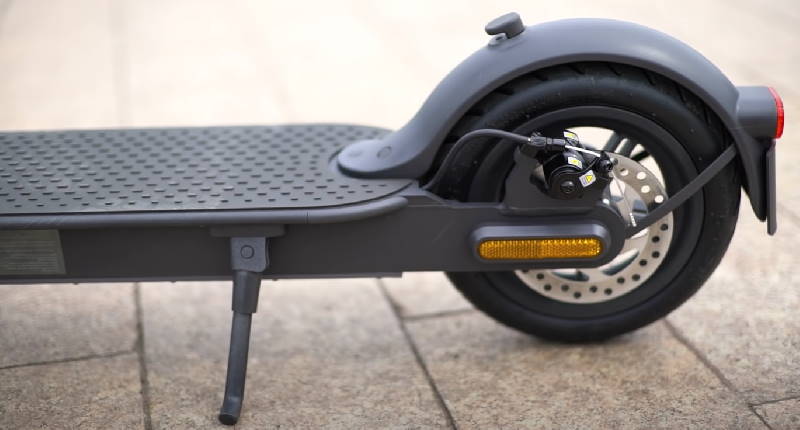
When you see the scooter, perform the following inspections:
- inspect the outside of the scooter, and look for visible signs of damage like scratches or bumps, but also possible cover-ups of damage (look for mismatches in color, stickers, etc, those can be huge red flags);
- inspect the screws and the bolts, see how stable they are, and whether they wiggle;
- check the folding mechanism, make sure the scooter folds and unfolds properly, and that the folding mechanism is stable while riding;
- inspect the tires, and see if they are in good condition or if they’re worn out and may need replacement (if they have the little knobbies, look at those, they tend to indicate the general condition of the tires);
- check that all braking systems are functional and that the brakes are both powerful and offer a short stopping distance;
- if the scooter has suspension, request permission from the owner to test it by lightly jumping on the deck and riding over small bumps or potholes;
- make sure hat the dashboard functions properly, the scooter powers on and off as expected, switches gears smoothly, and that all buttons and functions are in working order;
- if the scooter has lights, make sure they are all working properly;
- if the scooter has a bell or a horn, make sure it’s operational and loud enough;
- if the scooter has an app, request to view it, as you can often find the total mileage of the scooter there too;
- test all the mentioned systems during a test drive, paying attention to the scooter’s sound and any unusual rattling, including motor, fenders, and braking. Also, assess the overall ride comfort and experience;
- prioritize a range and speed test – begin with a full battery, ride normally, and use an app to measure distance. Account for the real-world range being about 20% less than the official rating and declining by 15%-20% per year. Verify the top speed matches the official rating;
- for an extended test drive, think about having a scooter mechanic or bike shop run a quick diagnostic check, especially when considering a pricier scooter purchase.
After performing the above checks and obtaining reasonably satisfactory results with no red flags, you can you can feel pretty sure you’re getting a good scooter.
Keep proof of the transaction
You may not get a written document, but keep all your electronic conversations with the seller as proof in case of any issues or misunderstandings. Consumer protection laws often apply to used product purchases, providing some protection.
Negotiate a return period
I would be glad to pay someone the money for a used scooter, if they would agree to a return period of three days, or even a week (granted that I don’t damage the scooter in that period). I think that’s a fair deal, and sellers that have nothing to hide should usually be open to it.
Buy from a reputable reseller or person you know (if you can)
When buying a used electric scooter, you must decide with limited information. While the scooter’s external condition provides some insight, it’s challenging to assess the internals like the motor, battery, and controller through a quick visual check.
This is why buying from someone you know is the best option, as the likelihood of deception is lower. Additionally, considering a refurbished scooter is a good choice because you’re still buying from a trusted source, but at a discount.
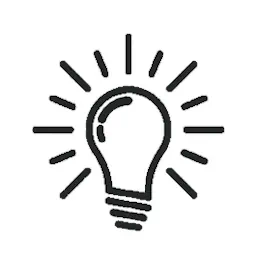
How much should you pay for a used electric scooter?
A good rule of thumb is to take the original price of the scooter when it was first bought, and then subtract 10% to 20% from that price for every year of usage.

Like purchasing a car, when buying an electric scooter, consider its mileage and overall wear and tear, which can affect internal components and electronics (often challenging to estimate).
However, unlike cars, electric scooters have an additional crucial factor: their battery life, which naturally degrades over time, even when not in use.
The commonly accepted consensus is that batteries typically last 2 to 3 years or 300 to 500 charge cycles, whichever comes first. Even if a scooter is unused after 3 years, there’s a good chance the battery has significantly worn out.
It’s important to note that scooters usually don’t last for decades. Most scooters endure at least a year, often more than two, but after around five years, they may require frequent repairs due to wear and tear.
For used scooters with several years and high mileage (over 1500 mi / 2400 km per year), consider negotiating a 20% reduction in price for each year of use or potentially more. For scooters with lower mileage, deduct 10% to 15% of the original price for each year of usage.
Is it worth buying a used electric scooter?
Buying a used electric scooter can be a good choice if two conditions are met: you have some knowledge of electric scooters (knowing the specific model is a plus), and you possess essential details about the scooter, including its age, condition, and mileage (a test drive can provide some of this information).
Typically, opting for a used scooter from a higher price range can provide excellent value, while choosing a budget used scooter often comes with higher risks.
For this reason, I recommend considering used scooters when looking for high-quality, premium options, but I wouldn’t expect the same when searching for budget-priced used scooters.
Used electric scooter offers and marketplaces
While Craigslist and eBay are common choices, consider starting with Amazon. There, you’re likely to discover multiple options for popular electric scooters, each priced differently depending on their usage history.
Usually, the following popular models have some used options available:
In addition to Amazon, as I previously mentioned, consider looking into refurbished models. These scooters come from reputable sellers, are discounted, and often offer excellent value. For a premium option, check out the EMove Cruiser from Voromotors.
Don’t forget to explore our new electric scooter used marketplace, where I’ve noticed some intriguing deals recently. You can both buy and sell used scooters there. To post new entries and ads, use the EScooterNerds Universal Scooter App, available on iOS and Android.
How to sell a used electric scooter
If you need to sell your used electric scooter, follow these guidelines to quickly find a buyer:
- Include as much detail about the scooter as you can
- why are you selling it?
- how much did you buy it for?
- when did you buy it for?
- whether it’s still under warranty
- where did you buy it from?
- how many miles has it crossed?
- the general condition of the major components (dashboard, tires, brakes, suspension, charger)
- does it have any damage or does it need any repairs?
- has it been repaired, and which parts have been replaced?
- the real-world range
- the real-world speed
- anything note-worthy
- Include numerous pictures of the scooter from various distances and angles, along with several images of you with the scooter to build trust.
- Offer a discount on the original price. If you’re unsure about pricing, consider reducing it by 20% for each year of heavy use, or 10% to 15% for each year of light to no use.
- Consider the buyer’s perspective and aim for a compromise. This might include allowing them to test-drive the scooter before purchase and agreeing to a brief return period, such as a few days.
- Keep all of the electronic correspondence between you and the buyer.
If you have a scooter you want to sell, make sure to create an ad on the electric scooter used marketplace through the EScooterNerds Universal Scooter App.
